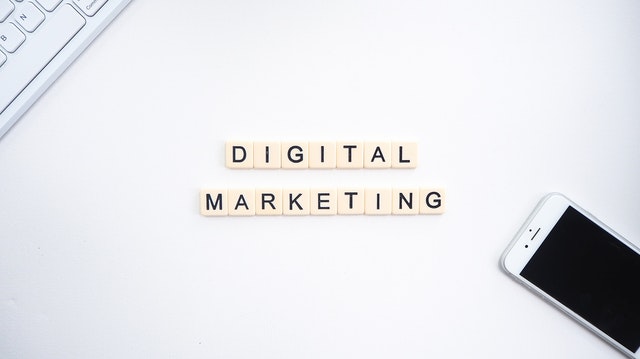Direct mail and email marketing are two different options for promoting your business. However, they have some relationship with each other because they are both viable sources that people use and trust for consumer information and deals. That said, how do you know which is the best route for your particular business. In this post, we’ll take a look at some of the pros and cons of each to give you an idea of what to expect from each.
Direct Mail Marketing
Direct mail marketing involves sending a physical item such as a letter, flyer, catalog, etc. to a demographic via a mailing service. As the predecessor to email marketing, direct mail marketing has fallen out of fashion in recent years but still proves to be effective for some types of businesses.
The pros of direct mail marketing
- It can reach the unreachable
Not everyone uses social media or has an email account that they regularly check; however, the vast majority of people have a home address and receive physical mail.
- There’s less competition
Because most companies have transitioned to a digital-based marketing strategy, there is a lot less competition within direct-mail marketing, increasing your chances of standing out if you have a well-planned campaign.
- It is more trusted
People tend to trust direct mail a lot more than they do email, so they are more likely to build trust with your brand.
The cons of direct mail marketing
- It can be costly
There’s no escaping the fact that direct mail marketing can get expensive, and it is also a cost that is paid up-front.
- You can’t easily track the campaign
Though there are some ways to track who uses mailed coupons, for the most part, you can’t know if your direct mail marketing campaign is worth the money. Unfortunately, this makes it harder to estimate your ROI.
- It can be time-consuming
If you are putting together and sending the campaign yourself, your time investment could be a lot. Though you could split the responsibilities among your staff, it might still create a deficit of time. To make things easier, consider using a direct mail solutions company or, at least, learn more about it before making any decisions.
Email Marketing
Email marketing is now one of the most used marketing channels among all types of businesses. These emails are generally targeted to those who have signed up for a mailing list and are expecting to get information, deals, and notifications. However, some companies choose to send unsolicited emails to lists they have purchased. These types of mailings don’t tend to have the same results as targeted mailings.
Pros of email marketing
- It’s cheap
Email marketing is now widely considered the most cost-effective marketing method, costing much less than print advertising, direct mail marketing, and paid advertising.
- You can track your campaign
As a form of digital marketing, email comes with data that can be tracked and used to understand the market and gauge the success of your campaign. Unlike direct mail, you can see instantly who has received, opened, and interacted with your campaign.
- It’s easy to send mass messages
With email marketing, you can instantly send thousands of emails at the click of a button, reaching a broad audience with little effort.
Cons of email marketing
- People get too many emails
Seventy percent of people believe that they receive too many emails in general. It can be hard to get the attention of an audience that is bombarded by hundreds of emails. Additionally, digital mail platforms are equipped with algorithms that automatically divide mail into categories. The problem with this is that sooner or later mistakes will be made, and your potential customers won’t see what you’ve sent.
- You need permission
Unlike direct mail marketing, you need permission to email someone, which means that they need to sign up to receive your emails. This means putting effort into an inbound campaign before you can start your email marketing.
Using Both
As you can see from the pros and cons above, email and direct mail marketing both have benefits and problems. However, they can be used together in a complementary way. By using email and direct mail together, you can maximize your reach, better utilize your budget, and speak to your audience on two different levels. This will also help to solidify your brand through repetition and exposure.
 Women's Life Link Be Well, Be Happy, Be YOU!
Women's Life Link Be Well, Be Happy, Be YOU!







